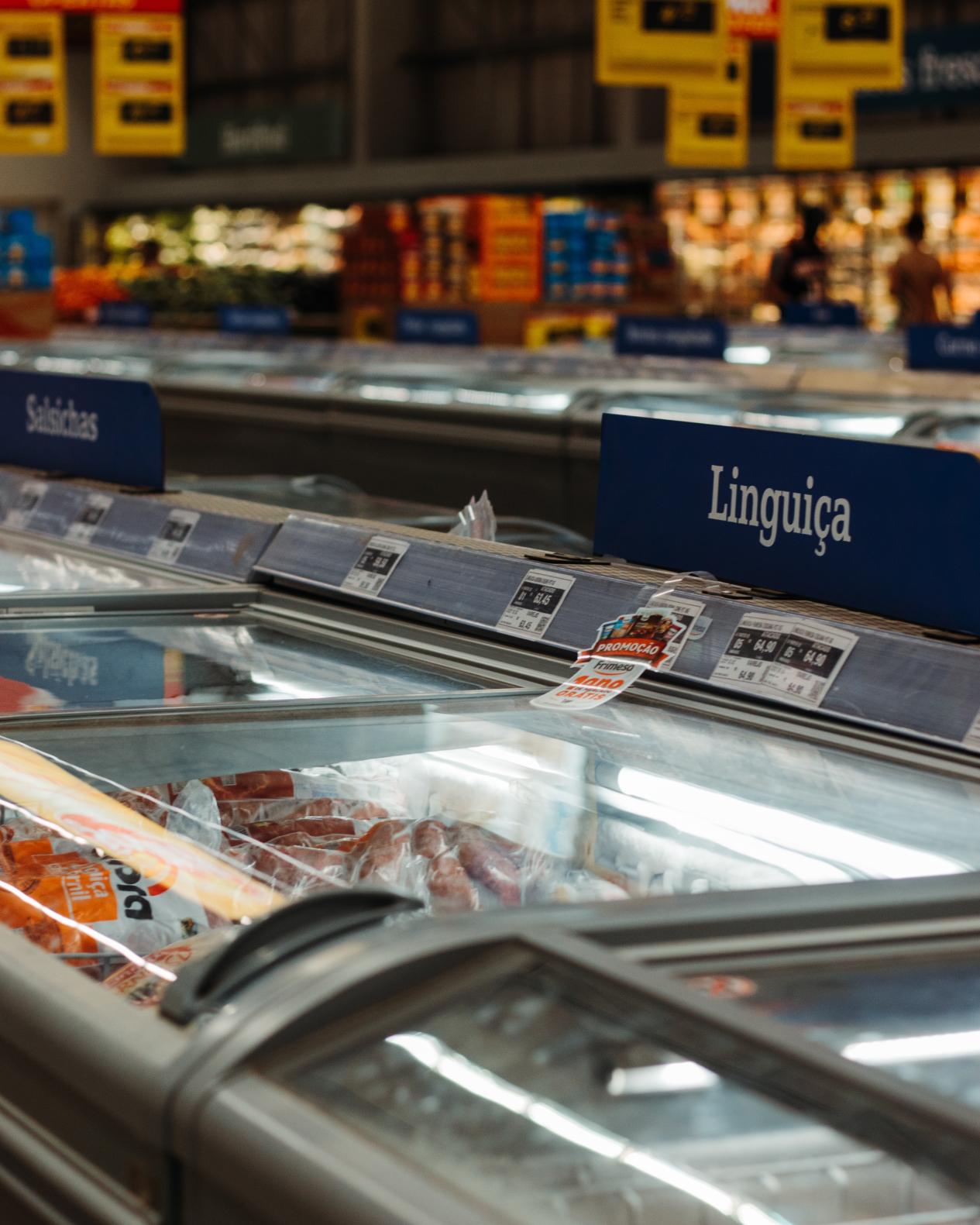Thermal Transfer Label Printers: Applications and Best Practices in the F&B industry
The food and beverage (F&B) industry is a significant and vital component of the global economy, generating trillions of dollars in revenue annually. As the industry continues to grow and evolve, there is an increasing demand for safe and efficient labeling of food and beverage products. This has led to the emergence of thermal transfer label printers, which have become an essential tool in the industry. Next we will get you a comprehensive understanding of the principle, advantages and outstanding applications of thermal transfer label printers in the food and beverage industry.

The Basics of Thermal Transfer Label Printers
Thermal transfer label printers are devices that use heat to transfer ink from a ribbon onto a label. Unlike direct thermal printing, which uses heat-sensitive paper, thermal transfer printing uses a ribbon made of wax, resin, or a combination of the two. This method produces high-quality, durable labels that are resistant to fading, smudging, and other forms of damage.
Advantages of thermal transfer label printers include their ability to produce a wide range of high-quality label types and sizes labels that are durable and resistant to environmental factors. However, they can be more expensive than direct thermal printers and require the use of a ribbon, which can add to the cost.
Applications of Thermal Transfer Label Printers in the Food and Beverage Industry
Thermal transfer label printers are used in a variety of applications in the food and beverage industry, including labeling of food and beverage products, packaging materials, and shipping containers.
For example, a meat processing facility may use thermal transfer labels to label packages of meat with the product name, weight, and expiration date. A beverage manufacturer may use thermal transfer labels to label bottles with product information such as ingredients, nutritional information, and allergen warnings.

In addition, thermal transfer labels can be used to track products through the supply chain, ensuring that they are handled and stored properly. For example, a food manufacturer may use thermal transfer labels to label pallets of product with information such as the product name, lot number, and destination. This helps to ensure that the product is handled and stored properly during shipping and storage.
Factors to Consider When Choosing a Thermal Transfer Label Printer
When choosing a thermal transfer label printer, there are several factors to consider, including print resolution, durability, connectivity, and cost. Print resolution is an important consideration, as it can impact the readability and quality of the label. Durability is also critical, as labels need to be resistant to environmental factors such as heat, moisture, and light. Connectivity and integration with existing systems is important for efficiency, and cost and maintenance should also be considered.
HPRT, a reliable manufacturer of thermal printing equipment, has developed a series of thermal transfer label printers and thermal barcode printers. These printers have found wide application in various industries such as food and beverage, chemical, pharmaceuticals, transportation, and logistics. Feel free to contact us if you have any question about our products.
Four Recommendations for Thermal Transfer Label Printing:
1. Proper label design is crucial for producing high-quality and effective labels. On label designing, you should take many factors into considerations, such as product type, label size and shape, and required information. Suitable label design can improve product recognition and consumer purchasing willingness.
2. Maintenance and calibration of printers will ensure that they are running smoothly and generating accurate labels. Regular maintenance and cleaning of printers can extend their lifespan and reduce the failure rate. In addition, it’s essential to regularly calibrate printers to ensure label printing accuracy and consistency.
3. Proper storage and handling of label materials can help prevent issues such as label adhesion and dirtiness. Label materials should be stored in a dry and temperature-appropriate location, and should be kept away from light and moisture. Before use, ensure that the surface of the label material is dry and clean to ensure the quality and readability of the print.
4. It is important to remember that label design requires compliance as failure to comply with labeling regulations may result in fines and other penalties.
For example, snack food manufacturers must comply with applicable regulations and standards when printing labels, such as labeling regulations from the Food and Drug Administration and nutrition labeling requirements. These regulations require the use of specific font sizes and colors to display allergen warnings. Additionally, ensure that all information printed on the label is accurate to avoid misunderstandings and disputes.
By following the above recommendations for thermal transfer label printing, businesses can improve the quality and effectiveness of their labels, thereby improving efficiency and safety.
Challenges and Future Developments in Thermal Transfer Label Printers
Challenges in thermal transfer label printers can include issues with label adhesion and smudging, as well as environmental concerns. However, there are innovative solutions to these challenges, such as the use of environmentally-friendly label materials and automation and digitalization of labeling processes. For example, a juice bottling plant may use automation to apply thermal transfer labels to bottles, reducing the risk of errors and improving efficiency.
Environmental concerns can also be addressed through the use of eco-friendly label materials, such as recycled paper or biodegradable plastics. This can help businesses to reduce their environmental footprint and appeal to environmentally-conscious consumers.
Advancements in technology and materials are expected to drive future growth and innovation in the thermal transfer label printing industry. For example, advancements in RFID technology and QR codes are expected to improve product tracking and traceability, while the development of new, eco-friendly label materials will help to address environmental concerns.
Thermal transfer label printers have become an essential tool in the food and beverage industry, helping to ensure safety, efficiency, and compliance with legal requirements and industry standards. By understanding the applications of thermal transfer label printers, factors to consider when choosing a printer, and best practices for thermal transfer label printing, businesses can improve the quality and effectiveness of their labels, resulting in improved efficiency and safety.








